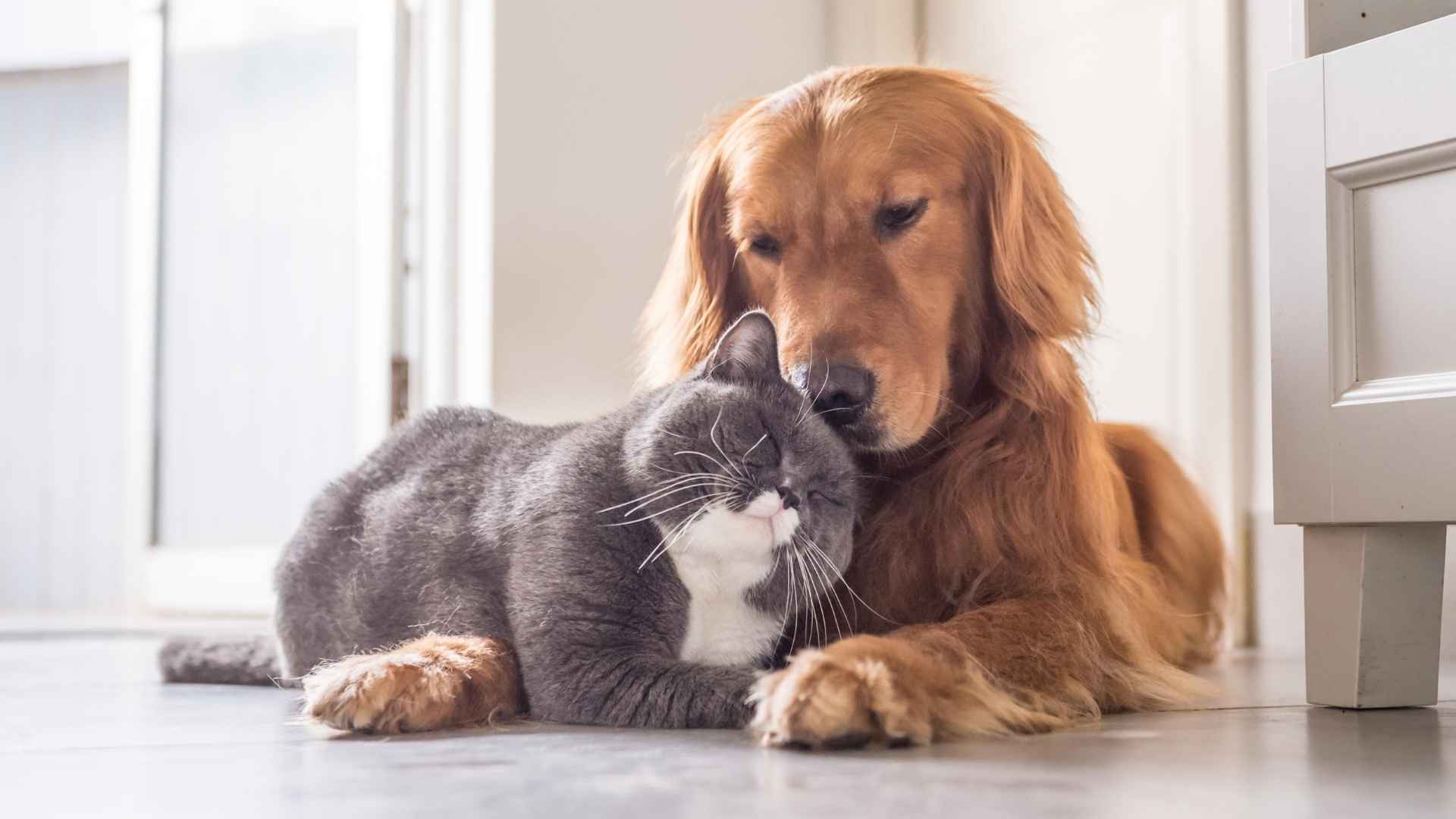It turns out that multi‑pet households are more common than you’d think. According to the American Veterinary Medical Association, the average dog-owning home in the U.S. has 1.5 dogs and 1.8 cats, and about 45.5% of households have a dog, with 32.1% having a cat.
Meanwhile, the American Pet Products Association reports that 94 million U.S. households—over 51%—own a pet in 2025, up from 82 million in 2023, with Gen Z leading the boom in multi‑pet homes.
What this means is that building harmony in a furry household takes more than chance—it needs purpose: proper introductions, socialization from an early age, and thoughtful matching of personalities across dogs, cats, and other pets.
Choosing dog breeds for multi‑pet homes isn’t optional—it’s essential. In the sections ahead, we’ll look at how temperament, instincts, and training help certain breeds become wonderful companions.
Dog Breeds For Multi-Pet Households
Here are the 7 best dog breeds:
1. Beagle

When it comes to multi-pet households, Beagles are a natural fit. These cheerful pups have a long history as pack hunters, which means they thrive in homes filled with multiple animals. Their social wiring makes them more likely to get along with both other dogs and smaller animals, or even cats.
Thanks to their lively energy and affectionate nature, Beagles often help ease tension in pet households, especially where a shy or reserved pet needs a nudge into playtime.
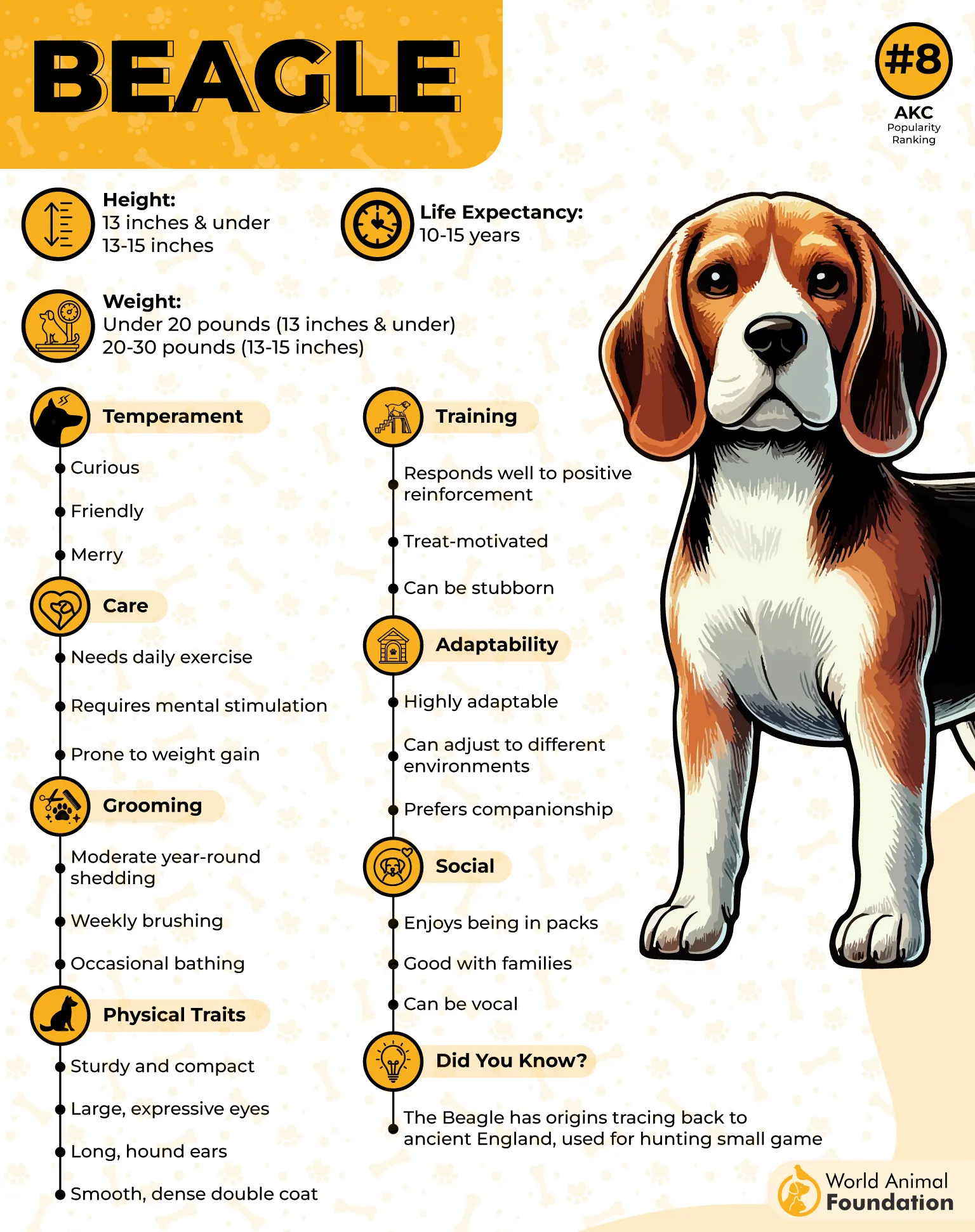
Exceptional Sense of Smell: They possess roughly 220 million scent receptors, giving them an elite sense of smell—ideal for scent-based enrichment in multi-pet homes.
The Beagle Brigade: Frequently used in airports by agriculture departments, Beagles detect restricted food items using their world-class noses, a testament to their intelligent nature.
Vocal Breed: Known for their signature bay, bark, and howl, Beagles are vocal communicators. This trait links back to their hunting roots, where sound was key in pack coordination.
Naturally Social: Their deep-rooted pack mentality makes them ideal for homes with multiple dogs, where they can bond through play, shared routines, and companionship.
Playful Nature: Their boundless curiosity and energetic personality help them form strong connections with other dogs, including even smaller animals.
Their ability to coexist peacefully, stay engaged, and spread their upbeat vibe makes them a top contender for anyone looking to expand their furry family with other dogs that are equal parts fun and affectionate and get along.
2. Cavalier King Charles Spaniel
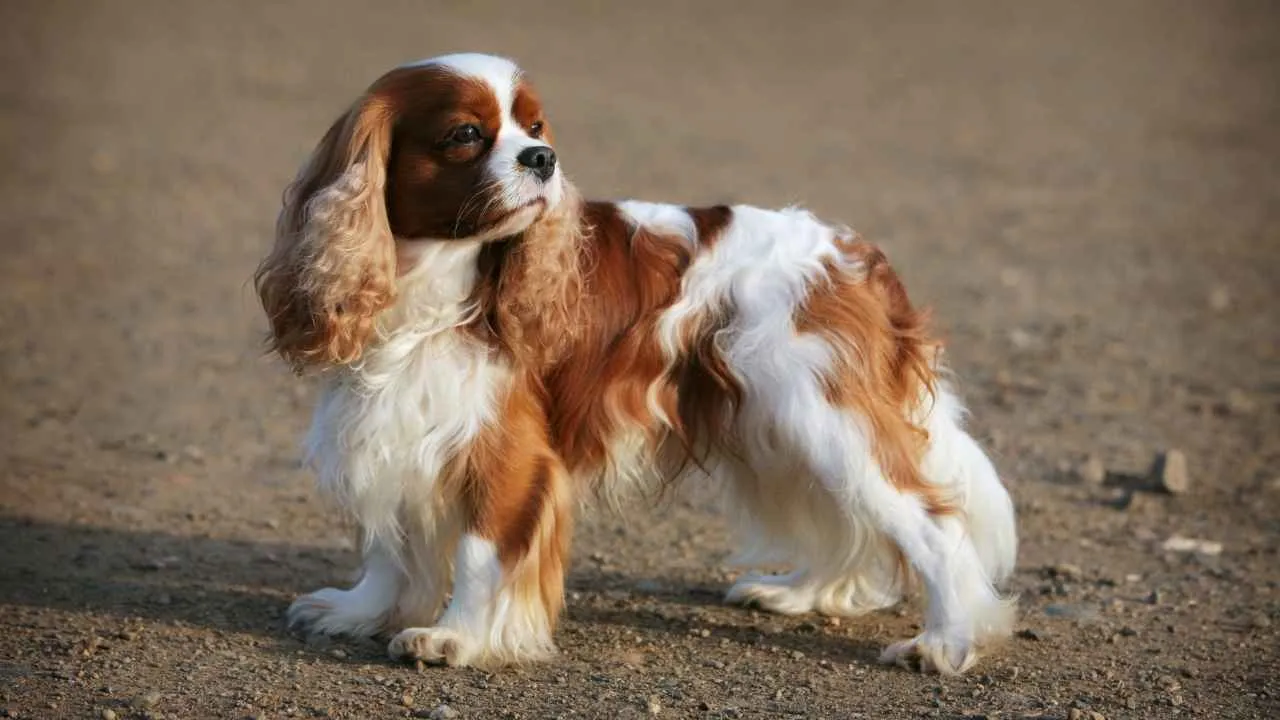
The Cavalier King Charles Spaniel is probably your dream dog. With a gentle temperament and loving nature, these pups have a knack for making every creature in the home—human or animal—feel welcome.
They’re easygoing with cats, warm with other pets, and patient enough to handle the chaos that sometimes comes with multiple animals in one space. Because they’re not territorial, they don’t view new arrivals as threats, but rather as more friends to share the couch with.
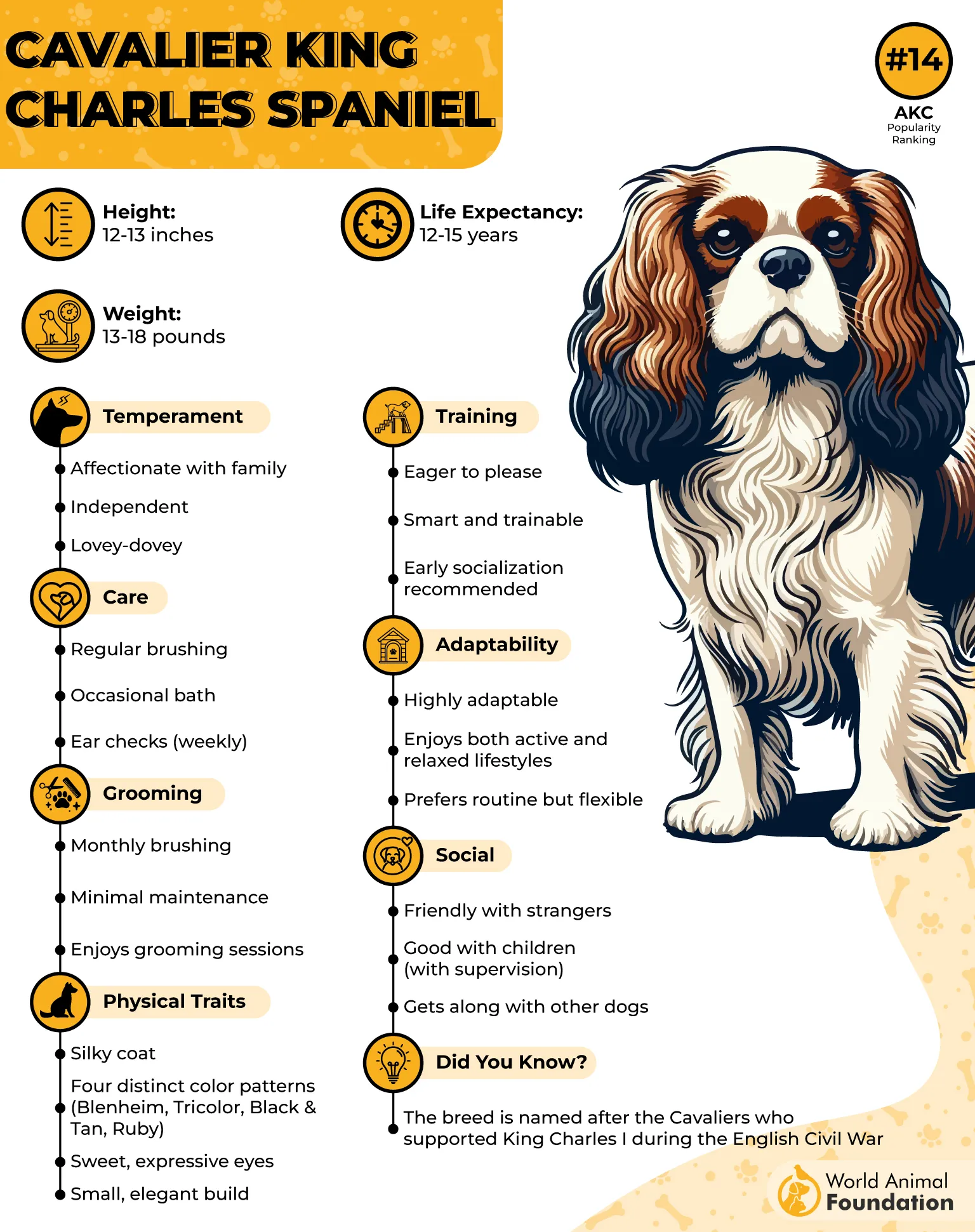
Comfort Dogs: Their reputation as emotional support companions isn’t just fluff—they genuinely love snuggling up and offering comfort, making them ideal for soothing anxious or shy pets.
Easy to Train: Thanks to their eagerness to please, Cavaliers pick up on routines quickly—great news when managing feeding schedules, group walks, or indoor play with multiple dogs.
Named After Royalty: Their name honors King Charles II of England, who famously adored the breed, adding a regal flair to your furry family.
Potential Health Issues: Like many purebreds, they’re prone to certain conditions like mitral valve disease (MVD) and syringomyelia, so proactive care and regular vet visits are a must.
They’re not just easy to integrate—they often become the heart of the household, bringing balance, warmth, and a whole lot of playful tail wags wherever they go.
3. Cocker Spaniel

If you’re building a multi-pet home and want a dog that’s both affectionate and adaptable, Cocker Spaniels deserve a serious look. With their gentle demeanor and friendly nature, these pups tend to get along effortlessly with other dogs and cats, especially when properly socialized from an early age.
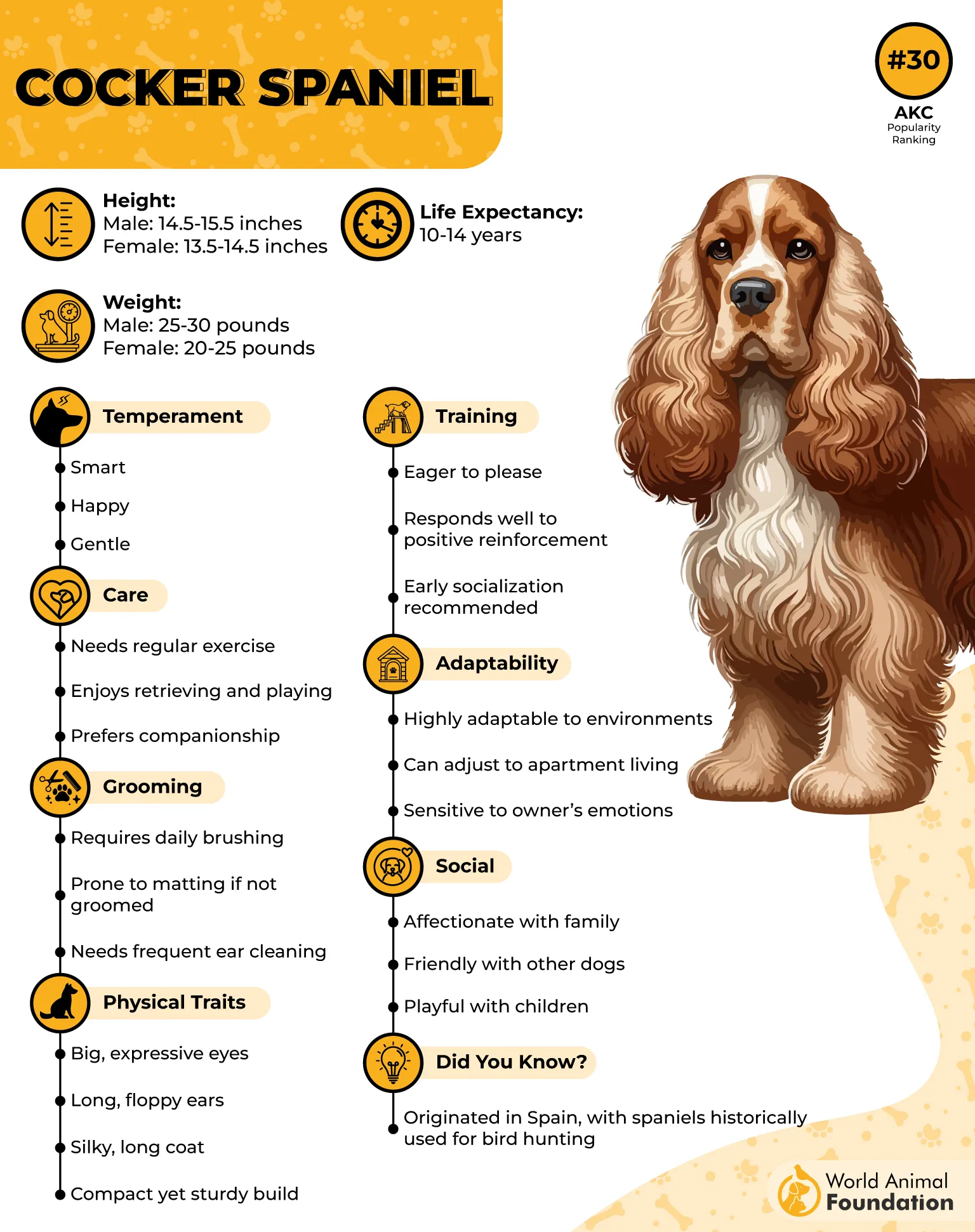
Versatile Background: Originally bred as hunting dogs, Cocker Spaniels are also great at agility, nose work, and even therapy work, giving you a bonus if you’re looking for an energetic, task-ready pup.
Two Varieties: They come in American and English types, each with distinct looks and temperaments, but both are well-suited to life with multiple animals.
Highly Intelligent: These dogs are smart and love to learn, especially important when navigating shared spaces in a pet household.
Emotionally Sensitive: Their affectionate nature also means they can be a bit sensitive; some may show food aggression or separation anxiety if not given the right structure and attention.
Cocker Spaniels are the kind of dog that brings calm and connection into a family household filled with paws, tails, and personalities. With careful consideration, they can become the heart of your multi-pet crew—always ready with a playful wag and a warm presence to get along.
4. Border Collie
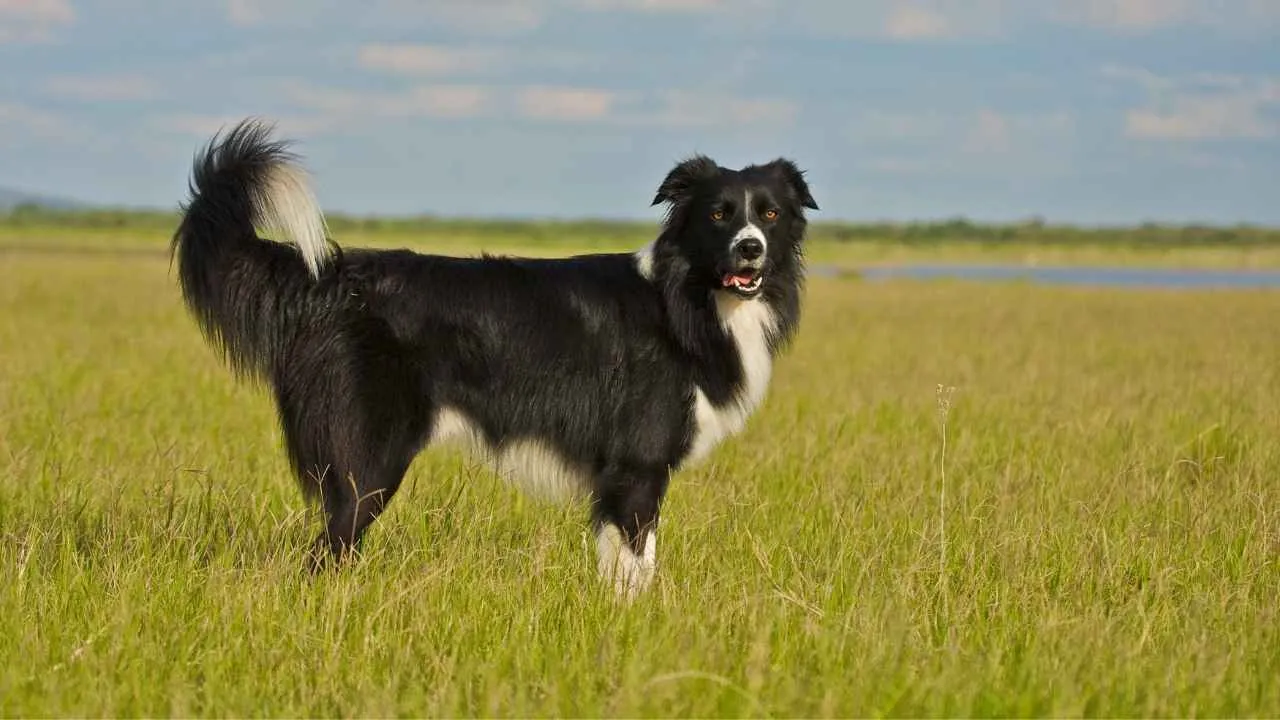
Border Collies are more than just loyal companions—they’re excellent candidates for multi-pet households. They thrive in environments where they have both mental and physical outlets, and that often includes interaction with other animals, becoming great companions.
With proper socialization and clear boundaries, they can be remarkably respectful of other pets and even help encourage play and activity in more reserved companions.
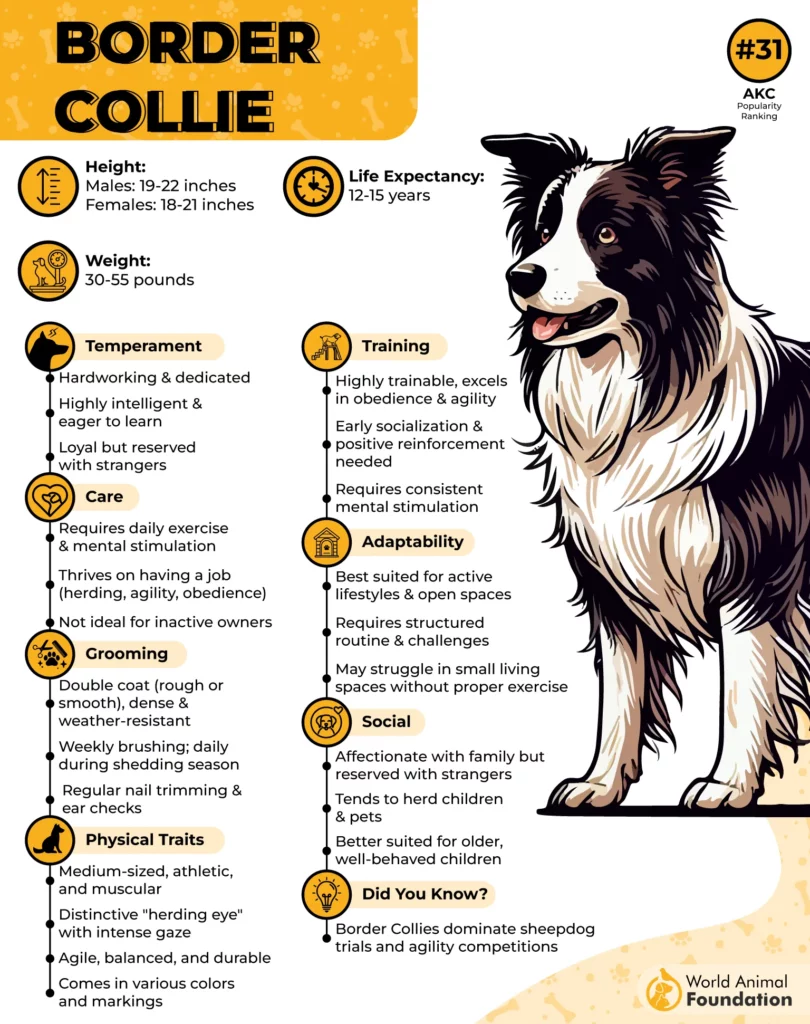
Top-Tier Intelligence: Often ranked as one of the most intelligent dog breeds, Border Collies can learn hundreds of commands, making it easier to integrate them into a pet-filled home.
Herding Instincts: Their classic intense gaze—also known as “the eye“—is how they instinctively herd animals. While it’s fascinating, it does mean you’ll want to gently redirect this behavior when it’s aimed at household pets.
Natural Problem-Solvers: These dogs are clever enough to figure out how to open gates or escape fenced areas, so secure environments are a must.
Born Workers: They’re happiest when they have a job, whether it’s fetching toys, navigating agility courses, or just staying alert to what’s happening in their domain.
Great at Dog Sports: Border Collies dominate in events like agility, obedience, and frisbee, which can be a fun bonding experience for pets who enjoy interactive play.
Search and Rescue Ready: Their nose, brain, and stamina make them stand out in rescue work—a sign of just how much potential they hold.
They bring brains, playfulness, and, as an added bonus, they bring a dose of spirited charm that often inspires even the laziest pets in the family to join the fun in free time.
5. Papillon
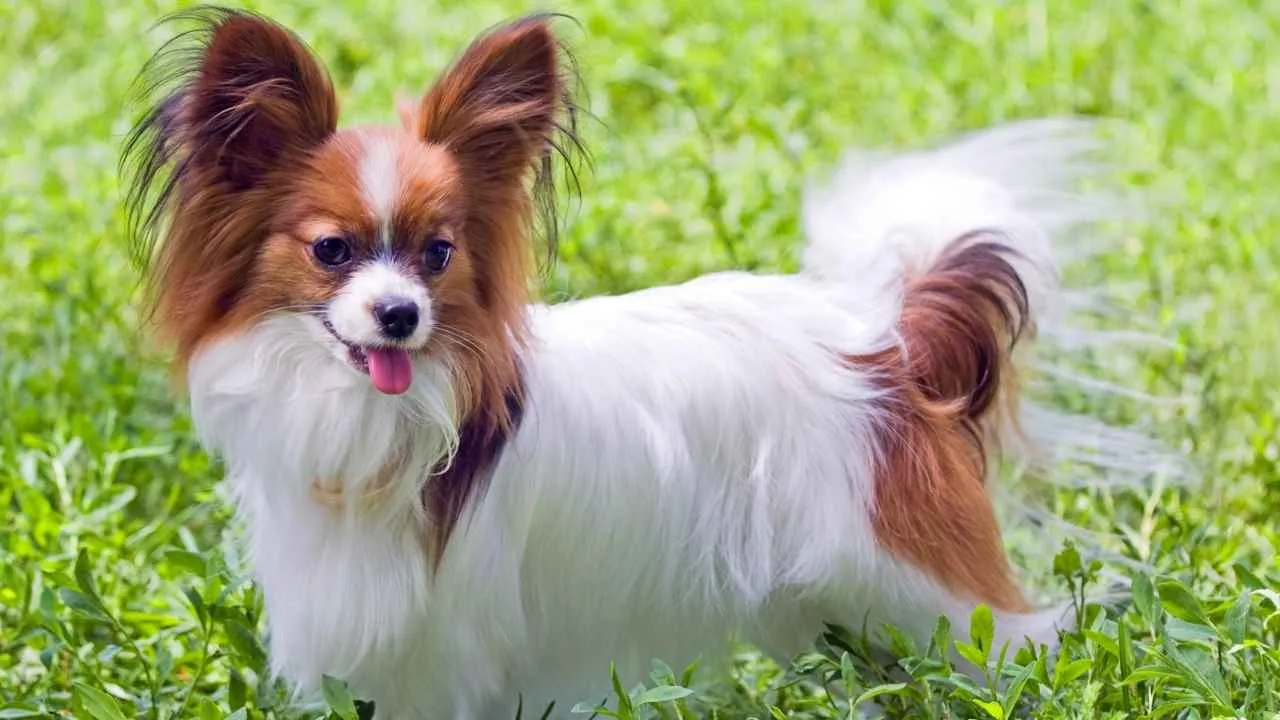
Papillons are the kind of small dogs that make a big impact in homes with more than one pet. They bring a cheerful spark to the room and are quick to interact, making them natural and great companions for other animals and family.
Whether it’s joining in on a game or simply following along on a group adventure from one room to the next, Papillons tend to fit in easily and confidently.
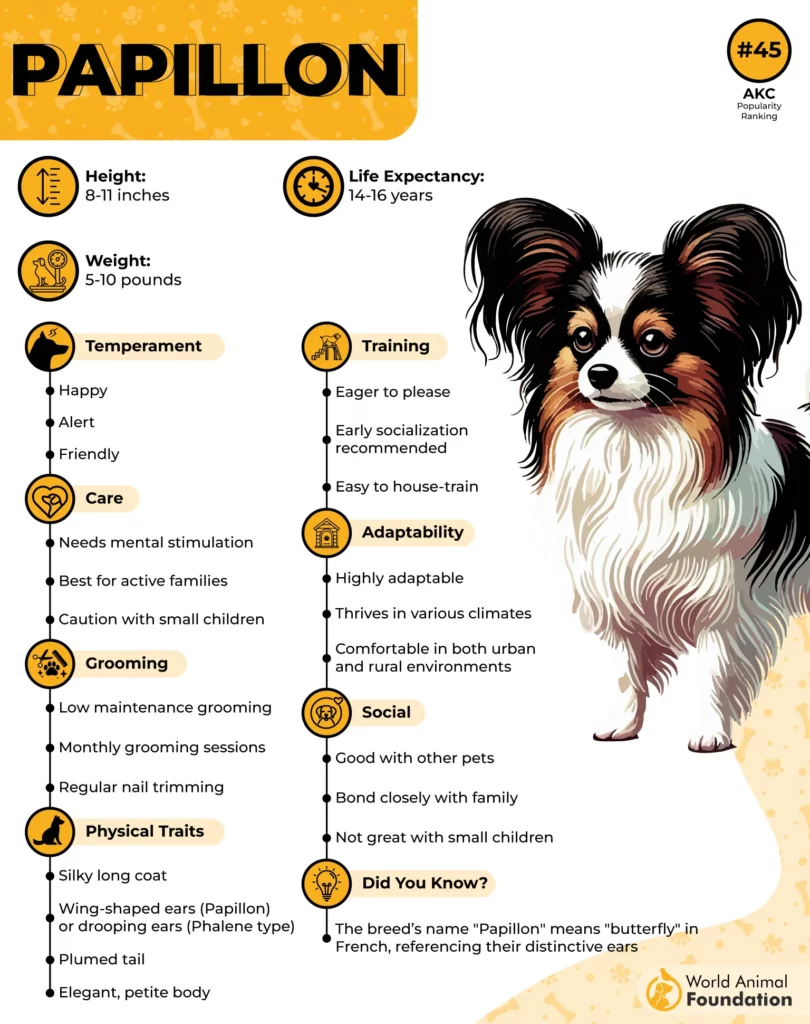
Signature Look: Named after the French word for “butterfly”, Papillons are known for their large, elegant ears that fan out like delicate wings.
Surprisingly Sporty: Despite their size, they’re energetic and love interactive games. Think of them as a toy breed with a terrier’s tenacity.
Cat-Compatible: They tend to respect feline boundaries while still showing a willingness to engage with even cats, which can ease interspecies tension.
Confident Companions: Unlike some small breeds that cling to one person, Papillons enjoy being part of the group and adapt easily to different personalities.
Feather-Light but Fearless: They’re dainty in size but surprisingly bold, often acting as peacekeepers or play starters among bigger dogs.
With their mix of brains, charm, and energy, Papillons are well-suited for busy households filled with paws of all sizes. Just give them a little space to burn off energy, and they’ll handle the rest like pros.
6. Shih Tzu

Shih Tzus are down-to-earth, people-loving lap dogs who also happen to get along famously with other animals. Shih Tzus were bred for companionship, and that trait runs deep—they’re content as long as they have friends (furry or otherwise) to cozy up to.
Their mellow energy balances out more hyper pets, and their friendly attitude makes them easy to introduce into homes with multiple species.
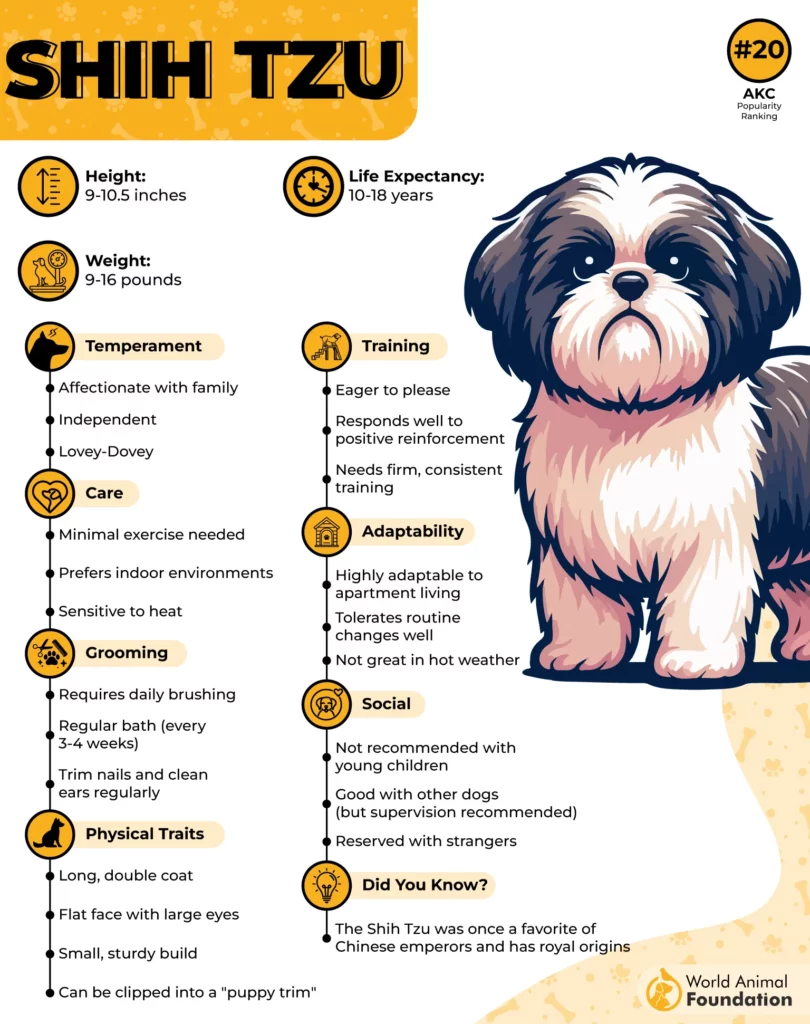
Apartment-Friendly: Compact in size and low-key in energy, Shih Tzus are ideal for smaller living spaces shared with multiple pets.
Zen-Like Temperament: Calm and unbothered, they’re often the peacemakers of the house, avoiding drama and embracing snuggles.
Fur That Floats: Their long double coat gives them a regal vibe, but it needs regular brushing to stay smooth, not a big deal if grooming becomes bonding time.
Not Quite Hypoallergenic: Their shedding is minimal, but they’re not allergen-free. A quick heads-up if allergies are a concern.
Loyal to the Core: Shih Tzus form strong bonds and attachments to their humans and animal buddies alike—they’ll follow their favorite pals from room to room.
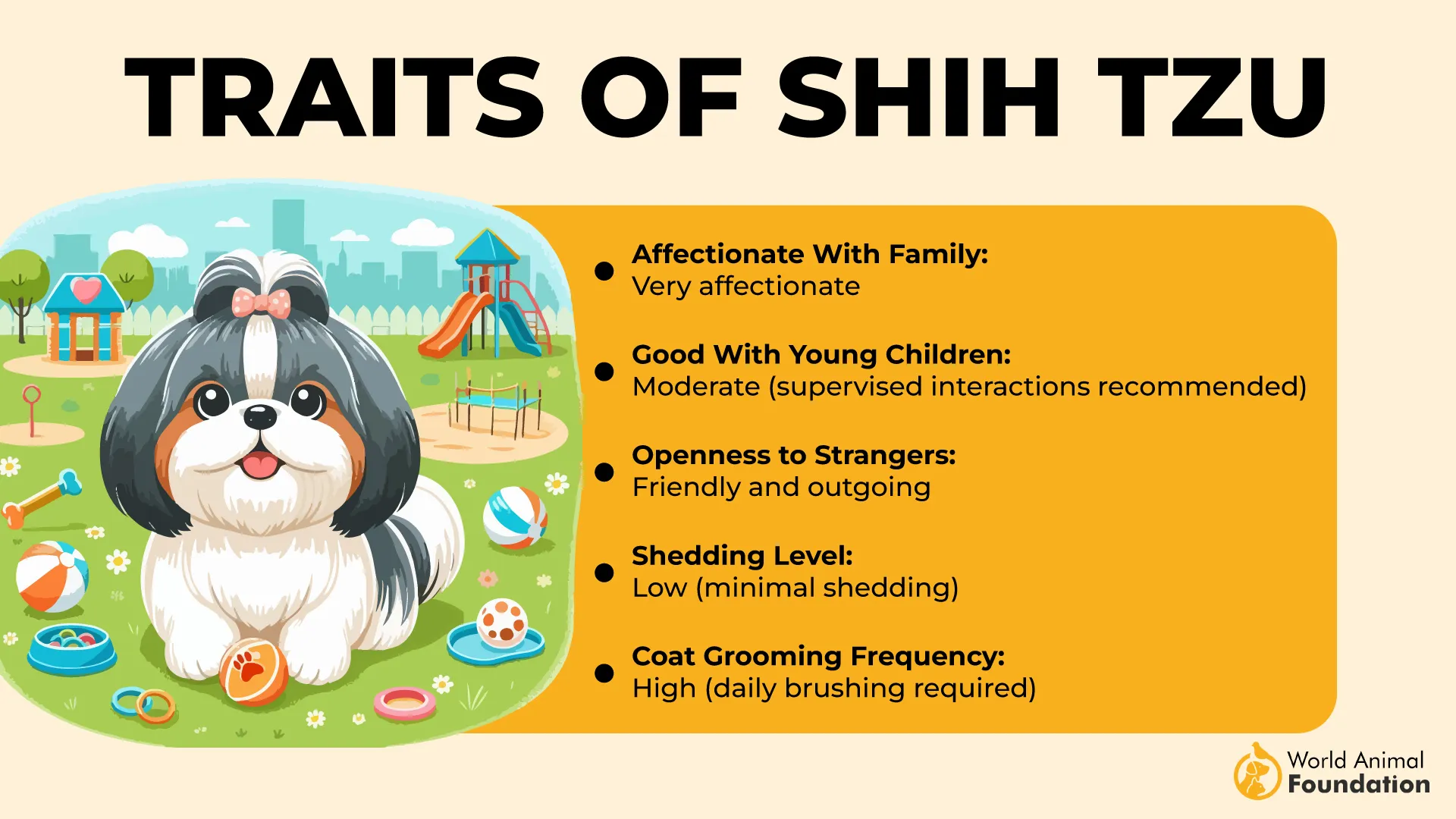
Shih Tzus are the laid-back diplomats of multi-pet households. As long as you keep up with grooming, they’ll give back tenfold in love and companionship.
7. Golden Retriever
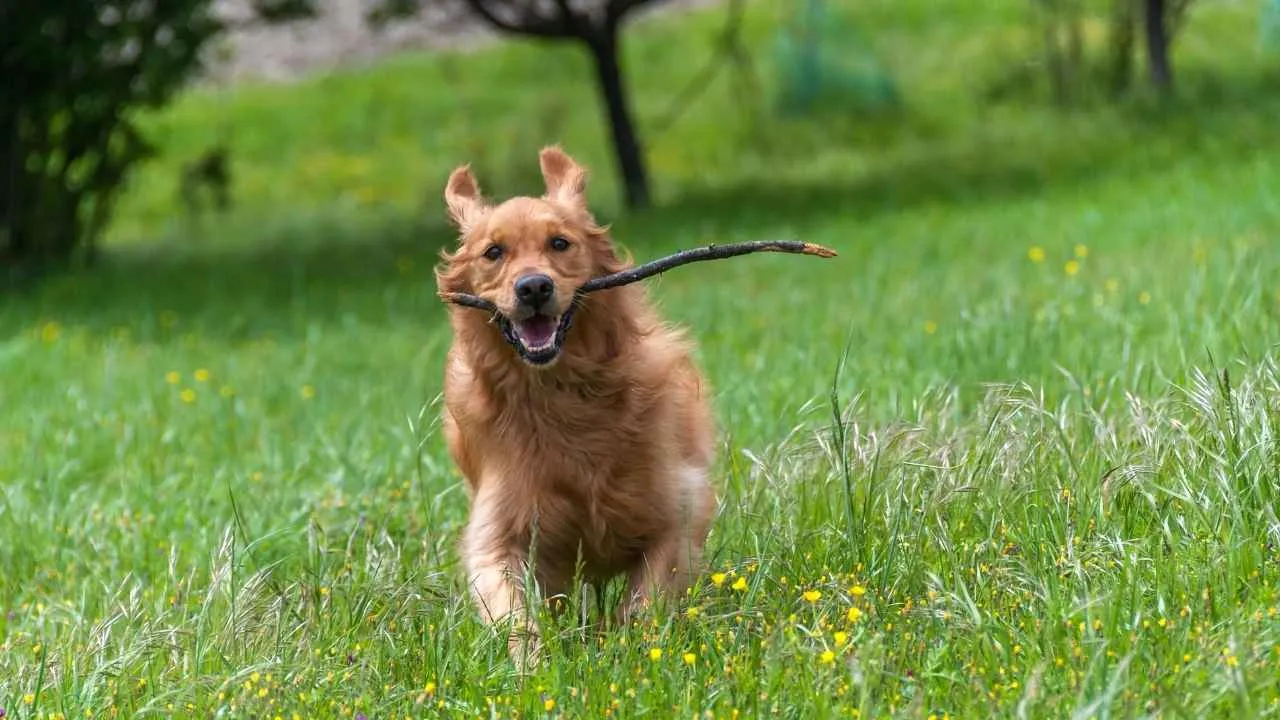
It’s no surprise that Golden Retrievers have earned their reputation as America’s sweetheart breed, making them the ideal companions, making them a near-perfect fit for multi-pet households.
Whether it’s another dog, a curious cat, or even a small critter waddling by, they become great friends. Goldens typically greet them with wagging tails and an open heart.
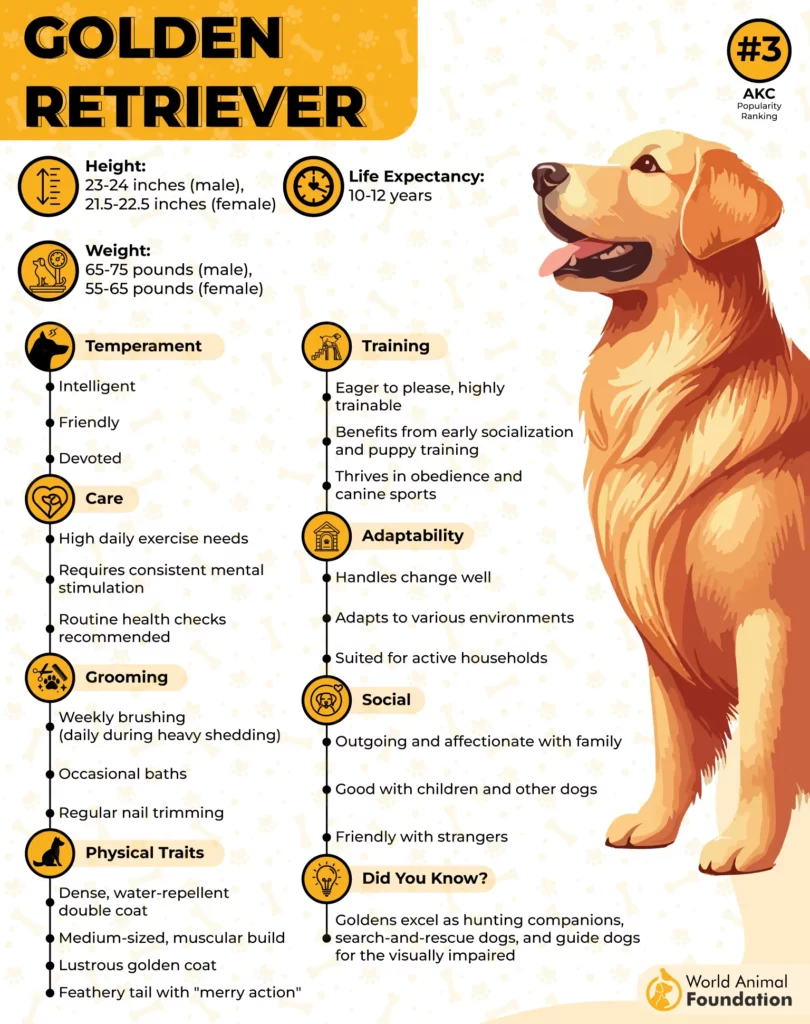
Soft Mouth, Gentle Soul: Originally bred to retrieve game without damage, their “soft mouth” translates to a gentle touch in everyday life—great news for smaller pets.
Born Swimmers: Most Goldens adore water, and many even have webbed feet to help them paddle with ease.
Therapy MVPs: Their patience and empathy make them one of the most popular breeds for therapy and emotional support roles.
Sociable by Nature: These dogs don’t like being alone. They thrive in homes where there are always humans—or some pet—around to hang with as a family.
Hardworking Hearts: Goldens are more than just cuddly—they’re often used in search and rescue, scent work, and as service dogs.
Watch That Appetite: They’re enthusiastic eaters, so meal portions and treat intake need a little management to prevent weight gain.
Goldens bring joy, patience, and harmony to any pack. If you’re building a household of mixed pets and want a dog who’ll fit right in and love everyone equally, a Golden Retriever is about as reliable as it gets.
Conclusion
When it comes to building a peaceful, playful, and loving home with multiple pets, choosing the right dog breed makes all the difference. Many breeds are naturally friendly, adaptable, and eager to become part of a larger furry family. Whether you’re welcoming a cat, another dog, or even a smaller pet into the mix, these dogs don’t just tolerate other animals—they thrive alongside them.
And here’s the bonus—these dogs don’t just get along with others. They often bring out the best in their housemates, too, encouraging play, reducing anxiety, and creating a pack-like sense of comfort. With the right introduction and a little patience, you can build a home where tails wag in sync and every creature—four-legged or two—feels like part of the team


